Nikon D850 - First Impressions
It has been a long day. I'm not going too write much. It's past one in the morning, and I've just finished going through the image files on Adobe Photoshop, and not Lightroom. Apparently, support has only been updated on Adobe Camera Raw. This made sorting through my image capture rather cumbersome, since I only shot in NEF, and not JPG or TIFF, which the Nikon D850 offers as file type options. I haven't seen TIFF as an option since my Nikon D2 - though to be fair, I haven't gone through the options for either the D5 or D750, so I don't know for sure if the D850 is the only DSLR that can shoot in TIFF.
So then, you must be wondering how I sorted through all the files? I did shoot over 500 frames. I had to convert the raw NEF files in-camera to JPG, then import the image files into Lightroom. With that said, I didn't use the in-camera converted JPGs. For some reason, the compression somehow smudged all the images too much - although it could have also been my fault. I accidentally set the in-camera conversion to FINE. Don't do that. Instead, what you should do is either shoot in TIFF or NEF + JPG, until Adobe or Capture One comes out with the required update.
It was regrettable that I made this oversight. I erroneously thought that Camera Raw update also included Lightroom. Apparently, it didn't. Mind you it wasn't the end of the world. But it did require a bit of a learning curve on the spot. Oh... while we're on the subject of viewing the NEF files, Nikon's View softwares does not support any OS newer than 10.10. So if you are on Sierra, you're out of luck. Of course, all this ranting on sorting and post will become irrelevant the minute Lightroom or Capture One begins to support the Nikon D850. But since I had to go through this headache and wasted hours dealing with it, I'm obviously going to vent my account.
With that out of the way, I can now begin to share my experience with the Nikon D850.
ISO 400, 1/200s, f/2.0
ISO 400, 1/200s, f/2.0
ISO 400, 1/200s, f/2.0
I started off shooting the D850 on live view, because of the new tilting LCD screen. Having become accustomed to the tilting screen of the Sony A7 and A9, I was eager to see if the D850 could give Sony the proverbial run for its money. To provide context, the live view of the D850 is better than it's predecessor, and probably has the same layout and experience as the Nikon D500 (which I have never tested). However, it still suffers from that irritating shutter lag characteristic of DSLRs on live view. To be fair, it's really not that bad, with the delay between shots clocking in at less than a second. But we are talking about photography here, and a fraction of a second can be the difference in getting the shot.
Still, if you don't intend to do multiple burst with the intent to shoot with compositional certainty, the D850's live view is quite good. You'll get used to the lag - I did. What you lose in dealing with the shutter lag irritation, you gain in focus convenience. Like the D810 before it, the D850 has edge to edge autofocus capability (and not just bunched up as cross types in the middle of the frame). And like the D810, it also has face detection mode as an option to simplify your focus selection. However unlike the D810, you can activate the autofocus and shutter release with its touch shutter function.
Being able to select focus quickly anywhere on the frame in live view provides greater flexibility and variance in composing with accuracy. And if that isn't sufficiently impressive, you can do all that at waist level or with the camera above your head, because of that tilting screen. It's almost like shooting with a Sony A7 or A9. With that said, none of this is new with the latest crop of high end cameras. The Nikon D500 has it, and so does the Canon 5D Mark IV. But neither of them have packed all that into a full-frame high-resolution-sensor free from an anti-aliasing filter.
High ISO - ISO 25600, 1/160s, f/4
High ISO - ISO 12500, 1/160s, f/2.8
ISO 400, 1/30s, f/1.4
ISO 1600, 1/30s, f/2.8
ISO 1600, 1/30s, f/2.8
Low light high ISO - ISO 25600, 1/100s, f/4
Of course, with 45 megapixels, you run the risk of camera shake. At 36 megapixel with its predecessors, I experienced many ruined images impacted by the force of the camera slap, while shooting conventionally through the viewfinder. But with the improved live view experience of the D850, the issue of camera shake seemed to have lessened considerably. Presumably, the live view function requires the mirror to lock up, thereby eliminating the mirror-slap from the equation altogether. In practice then, perhaps it's possible that camera shake becomes less of an issue for the D850, because the better live view experience makes you want to shoot in live view more. Still, experiencing less camera shake at 45 megapixel makes no sense, especially in live view. And it's not as if the the D850 or the 28mm f/1.4E I was using have in-body stabilization.
If I had to come up with an explanation, I suppose an argument could be made that the live view experience coupled with better electronic focus options and an tilting LCD screen made stability in image capture less of a challenge. Perhaps the combination of form and function made the process of focusing and composing deliberately less rushed, thereby contributing to less camera shake in documentation. And strangely enough, I was able to accomplish this while practicing mirrorless shooting techniques with my arms stretched out holding the D850, instead of locking my left camera arm in position consistent with traditional SLR shooting norms.
Mind you, if you wanted to shoot in continuous burst, the experience is somewhat more ambiguous in live view. Despite the shutter lag, continuous burst is still possible - albeit with live view blacked out. Presumably, the screen cannot refresh quick enough because of the shutter lag. But, I was still able to get continuous focus locked-on in blind shooting - though only some of the time. With that said, you can get better accuracy with continuous burst with autofocus tracking through the viewfinder - albeit limited to focus points stacked at the middle of the frame. Having said that, the D850 does a very good job. I shot 40 consecutive NEF frames in a row on a continuous burst, and the buffer didn't appear to show any signs of slowing down with the faster data transfer rate of the XQD card. It was truly impressive. I couldn't do that with the Leica SL at 24 megapixels.
Also worth noting about the D850 is the accuracy of the metering. Usually when I rely on some level of automatic metering, the exposure will likely be off by a stop or two in difficult light (unless the exposure compensation is properly set). However, with the D850 set to face detection, accompanied by matrix metering automatically selected by the focusing option, none of the 500 shots I captured were metered incorrectly beyond a quarter of a stop. That was phenomenal. As a result, I wasn't able to evaluate the dynamic range of image files accidentally metered incorrectly. But then again, it wasn't as if I could import any D850 image files into Lightroom or Capture One.
Tilting live view - ISO 6400, 1/500s, f/2.0
ISO 6400, 1/640s, f/2.0
Difficult light - ISO 6400, 1/640s, f/2.0
Difficult light - ISO 12500, 1/1200s, f/1.4
Finger tap auto focus and shutter release - ISO 6400, 1/320s, f/2.8
Of course, the D850 did have its share of issues - albeit minor. The first one I encountered was a noticeable discrepancy in white balance between the captured image and the image displayed on live view. For some reason, what I saw on live view is notably cooler than the captured image, which appeared much warmer. With that said, the discrepancy can be remedied in the menu - I later discovered (upon having more time to learn about the D850). Apparently, you have to set the live view white balance to the same white balance setting for image capture - which may be just a little too much customization for me.
There is also the issue of battery drain on live view. I went through two EN EL 15 batteries within two hours. Though to be fair, I didn't turn off the camera and left it on live view for the duration of that time. However, it should be noted I didn't use the EN EL 15A batteries, which came bundled with the D850. I used the previous generation batteries, since the new batteries had not been charged yet. With that said, it's reassuring to know that the D850 accepts the previous generation batteries too.
As for white balance of the image capture, the D850 seems to gravitate towards yellow - which seems to be the case for most Nikons, since after the D700. But to be fair, it is possible that the white balance is accurate. In hindsight, the lighting of my selected locations did have a warmer cast. Plus, it didn't help that Anna just came back from Thailand with noticeable signs of skin damage from the sun - or rather what she would call color on her usually fair complexion. In any event, I'm not usually that picky with white balance, since I feel it's a quick fix in post - which I assume it will be when Adobe or Capture One updates their camera support. However, I know that it's a concern for some of you.
Focus tracking with Live View from multiple burst - ISO 6400, 1/320s, f/8
Live View - Continuous Burst Face Detection - Autofocus Accuracy
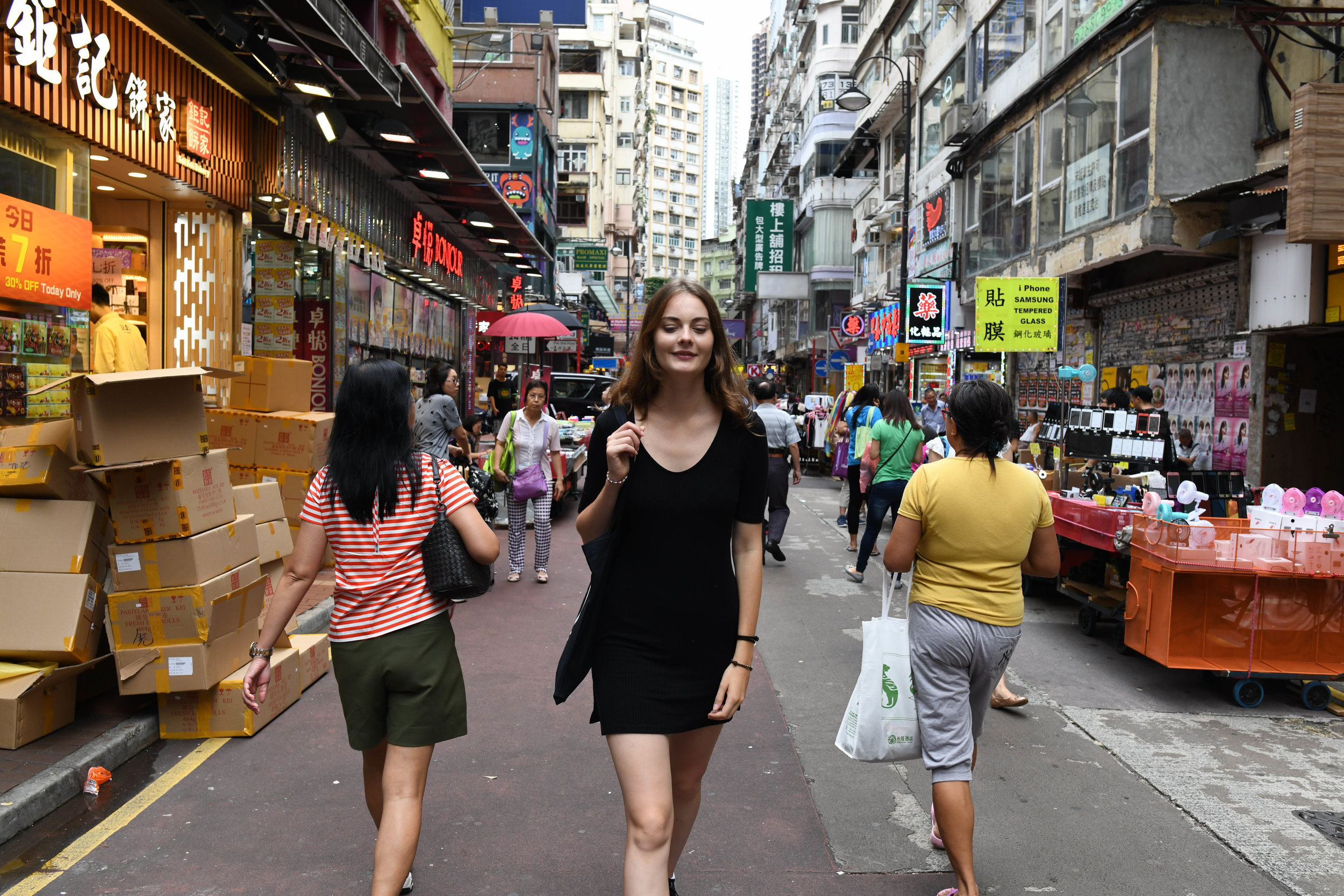
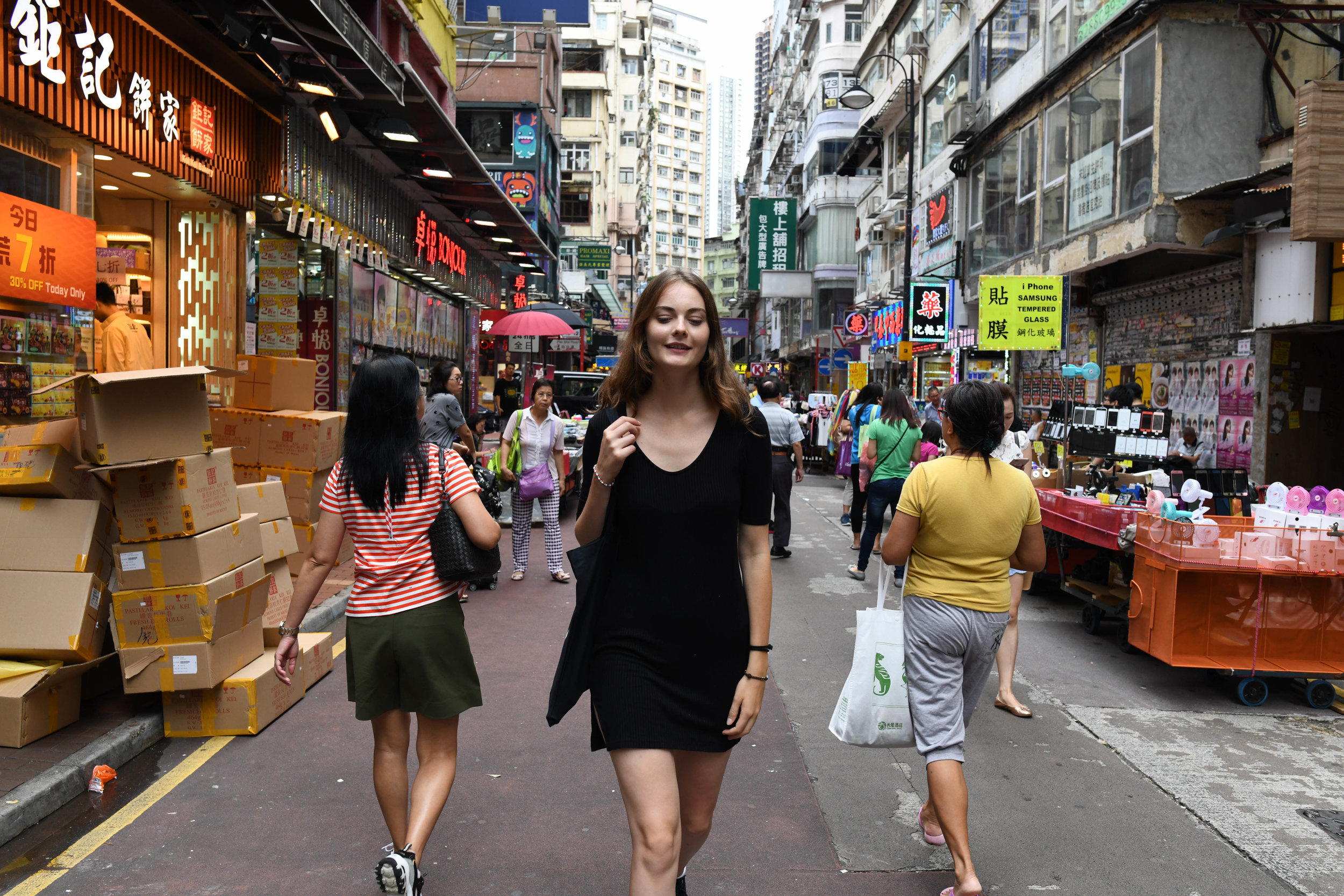
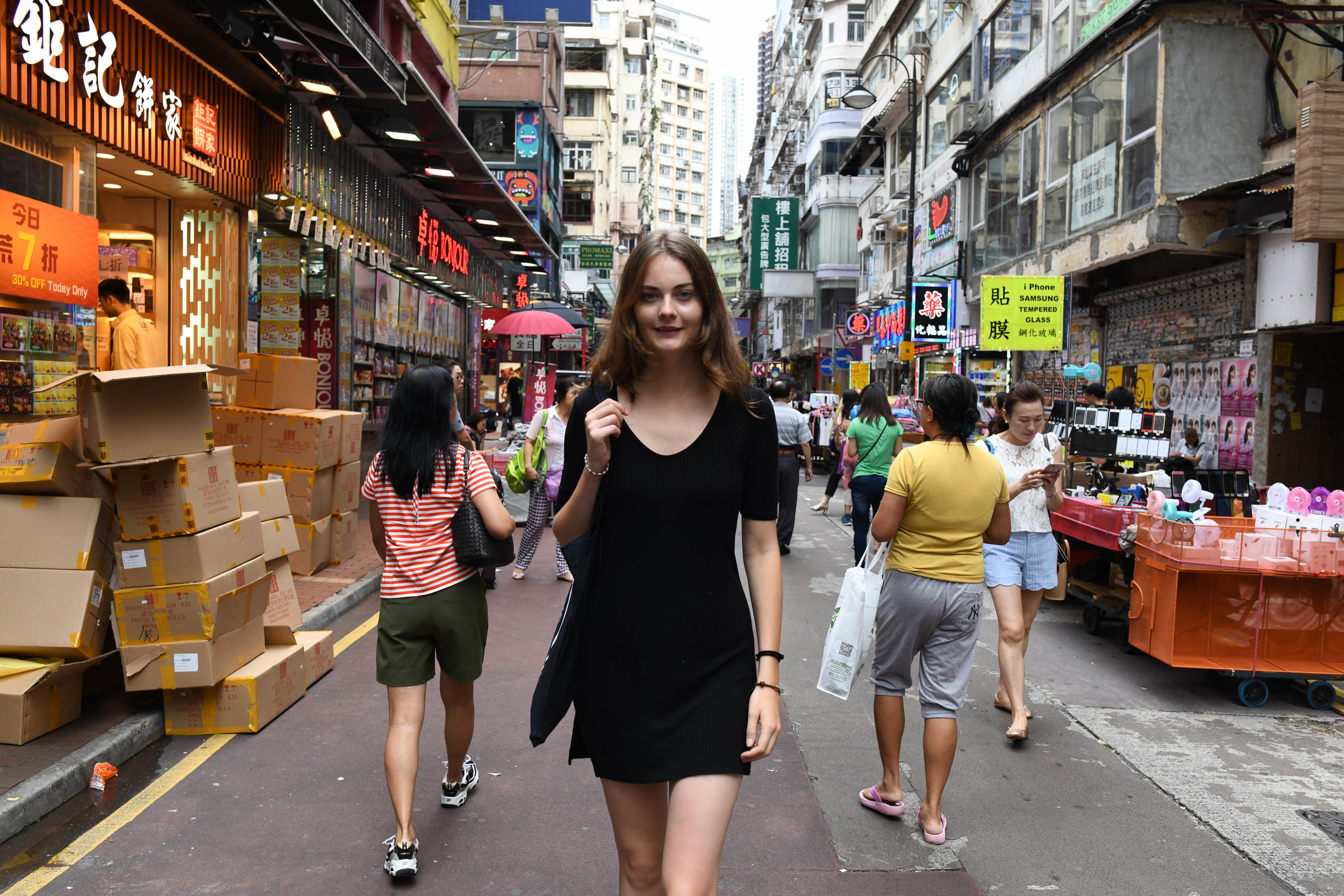
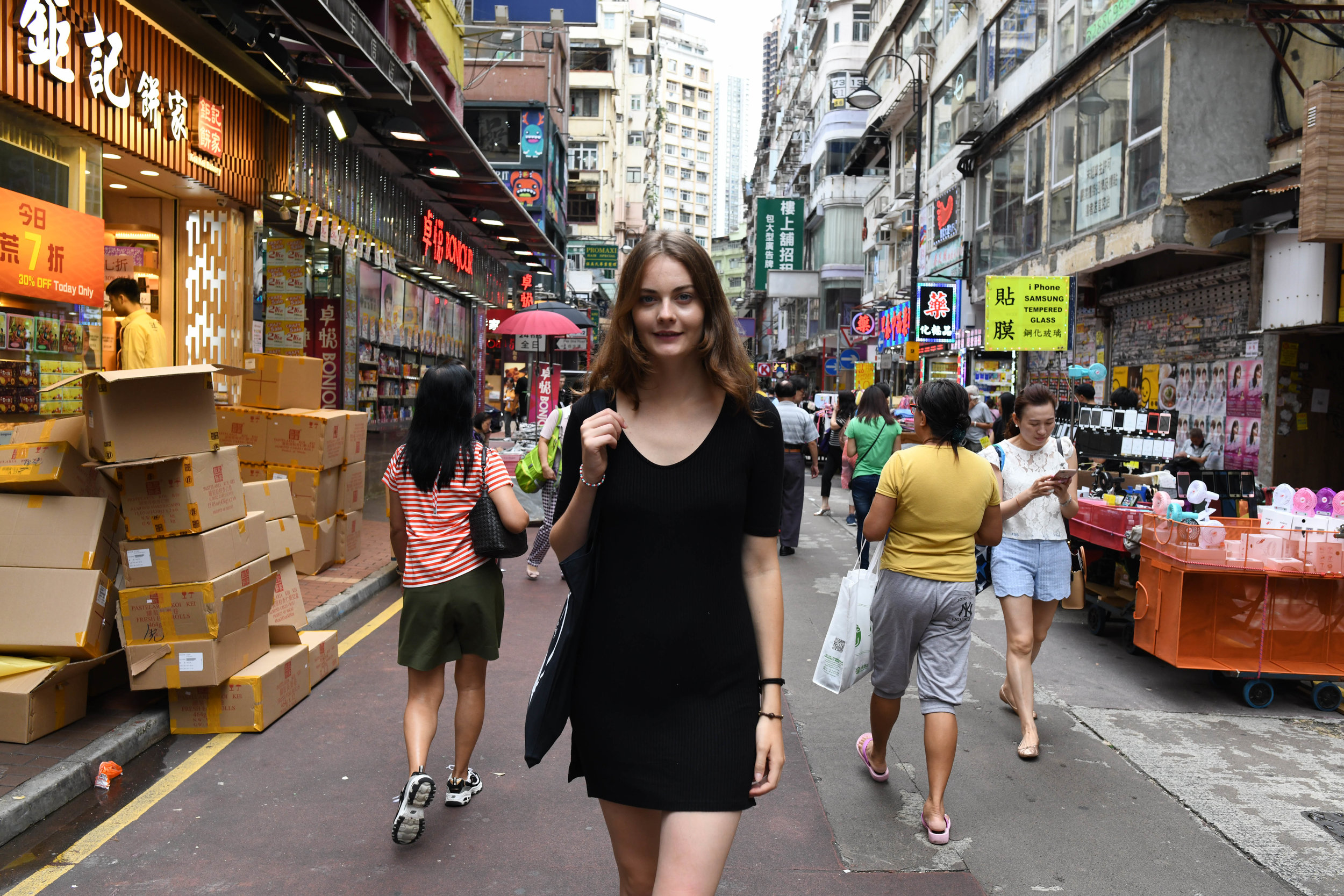
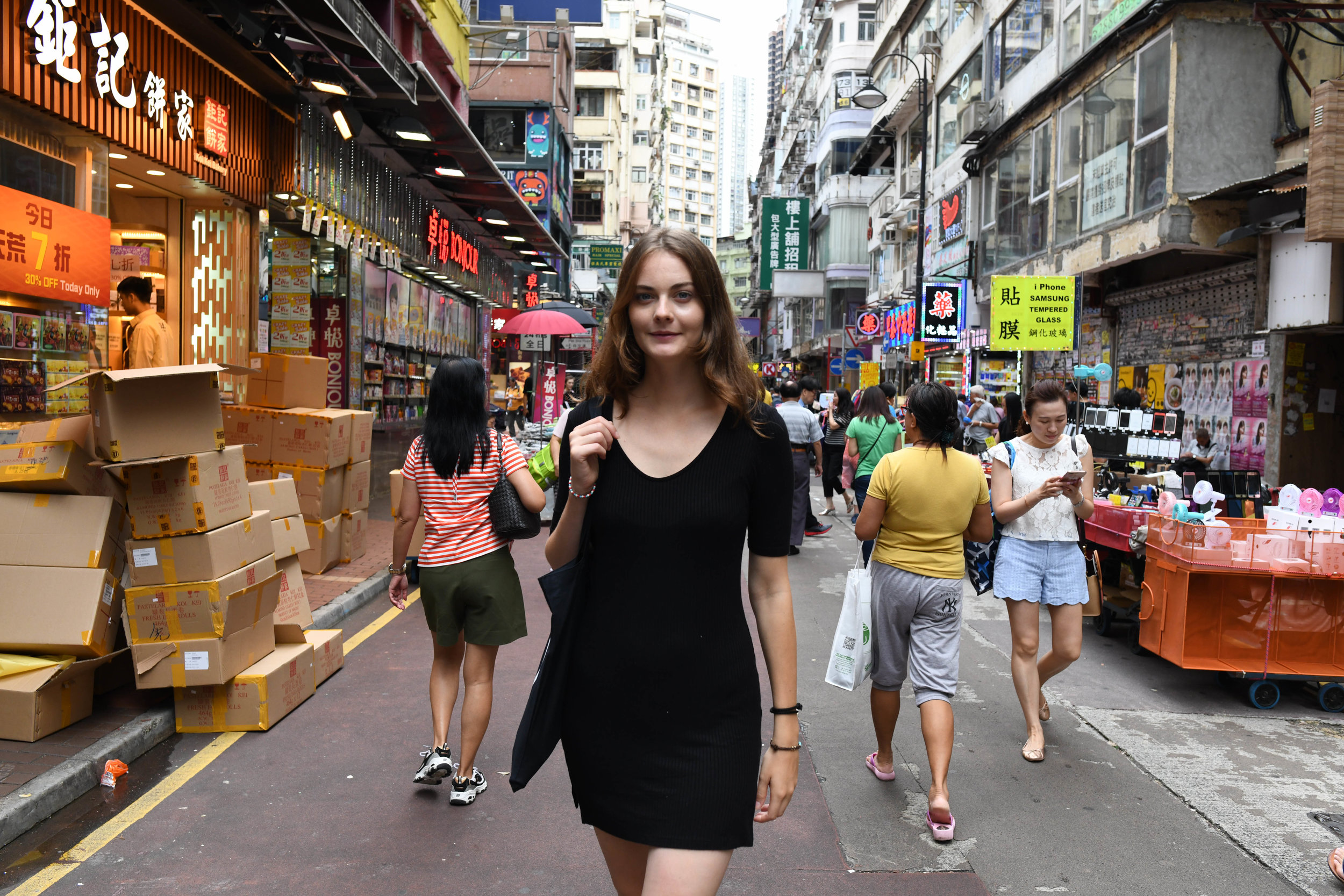
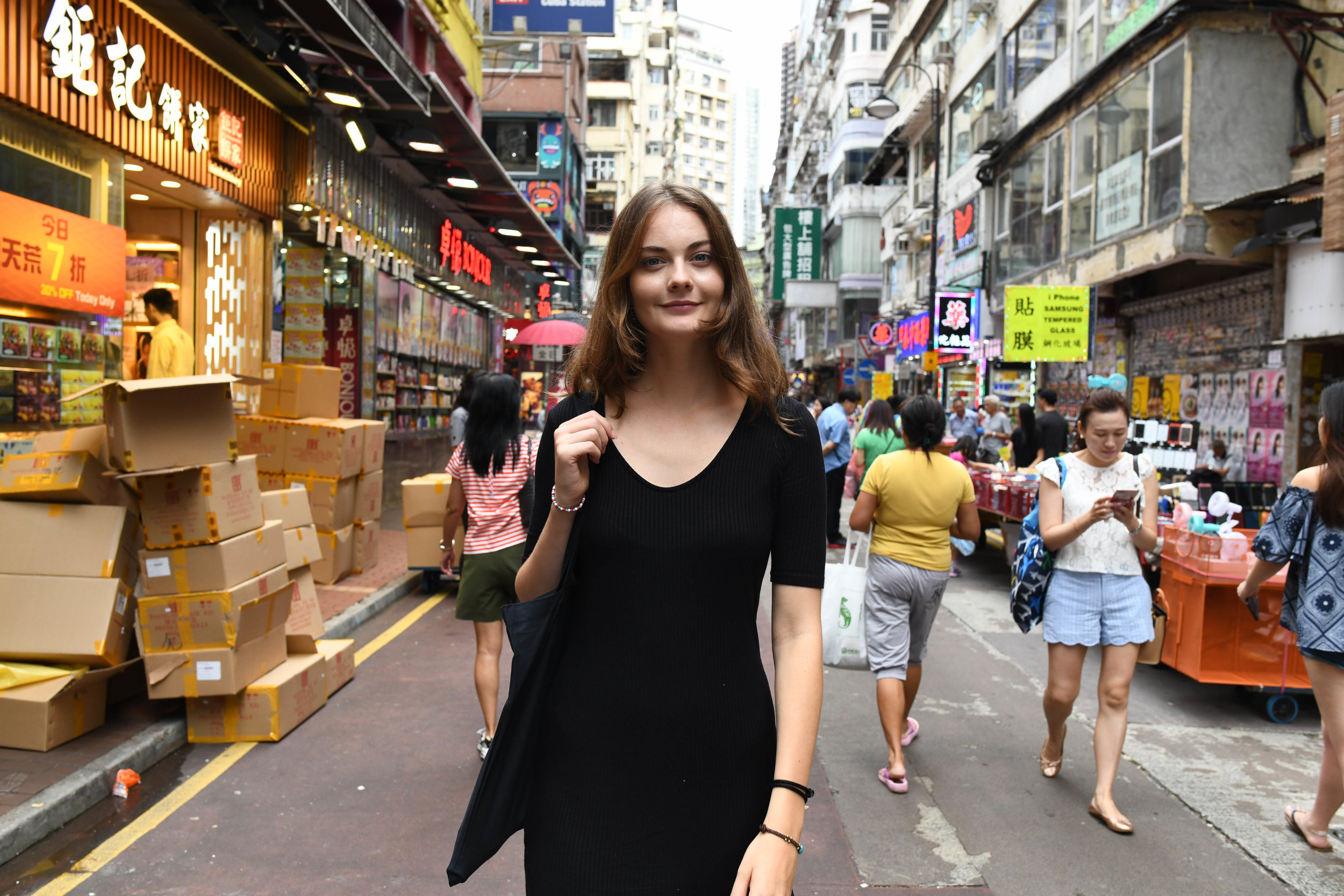
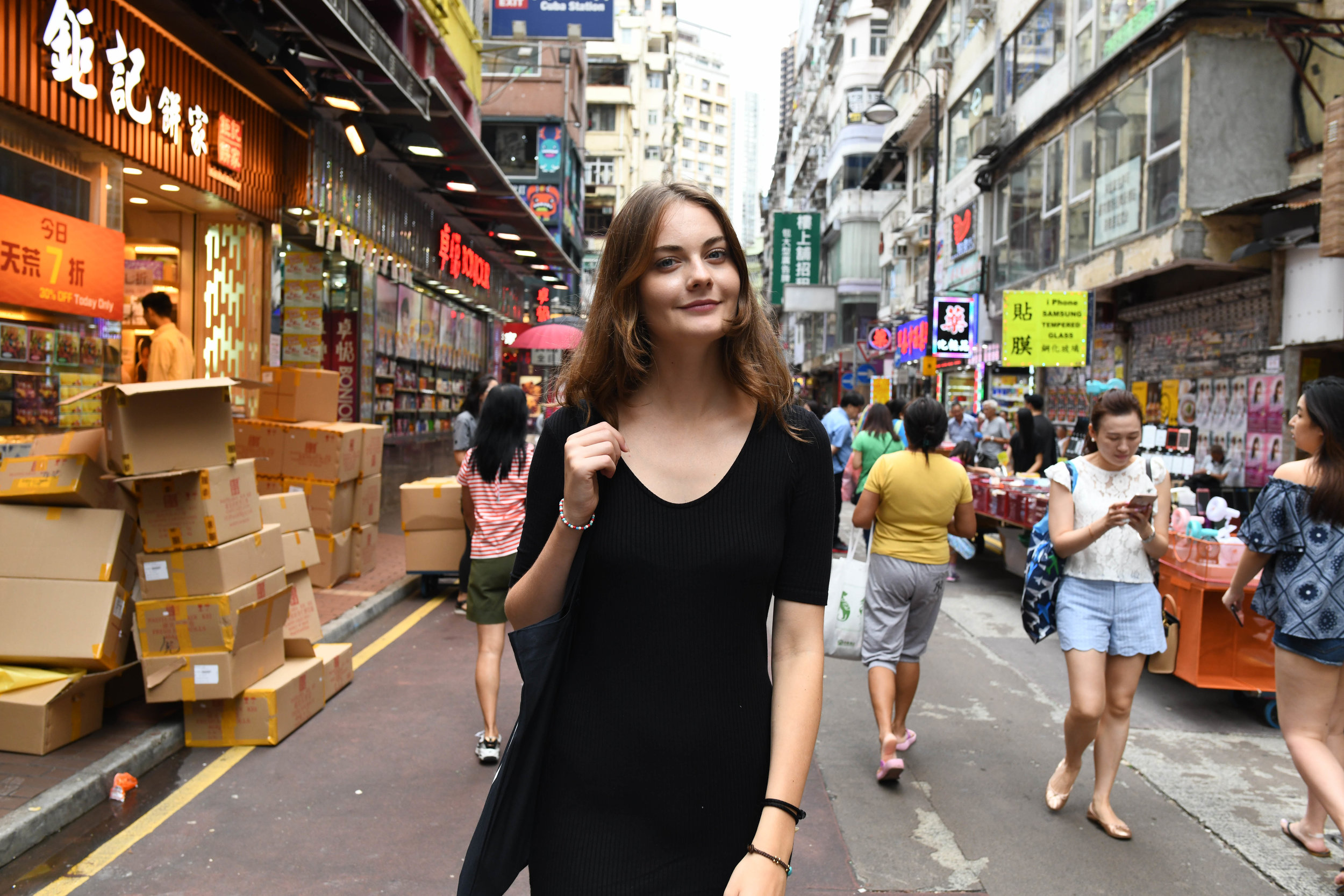
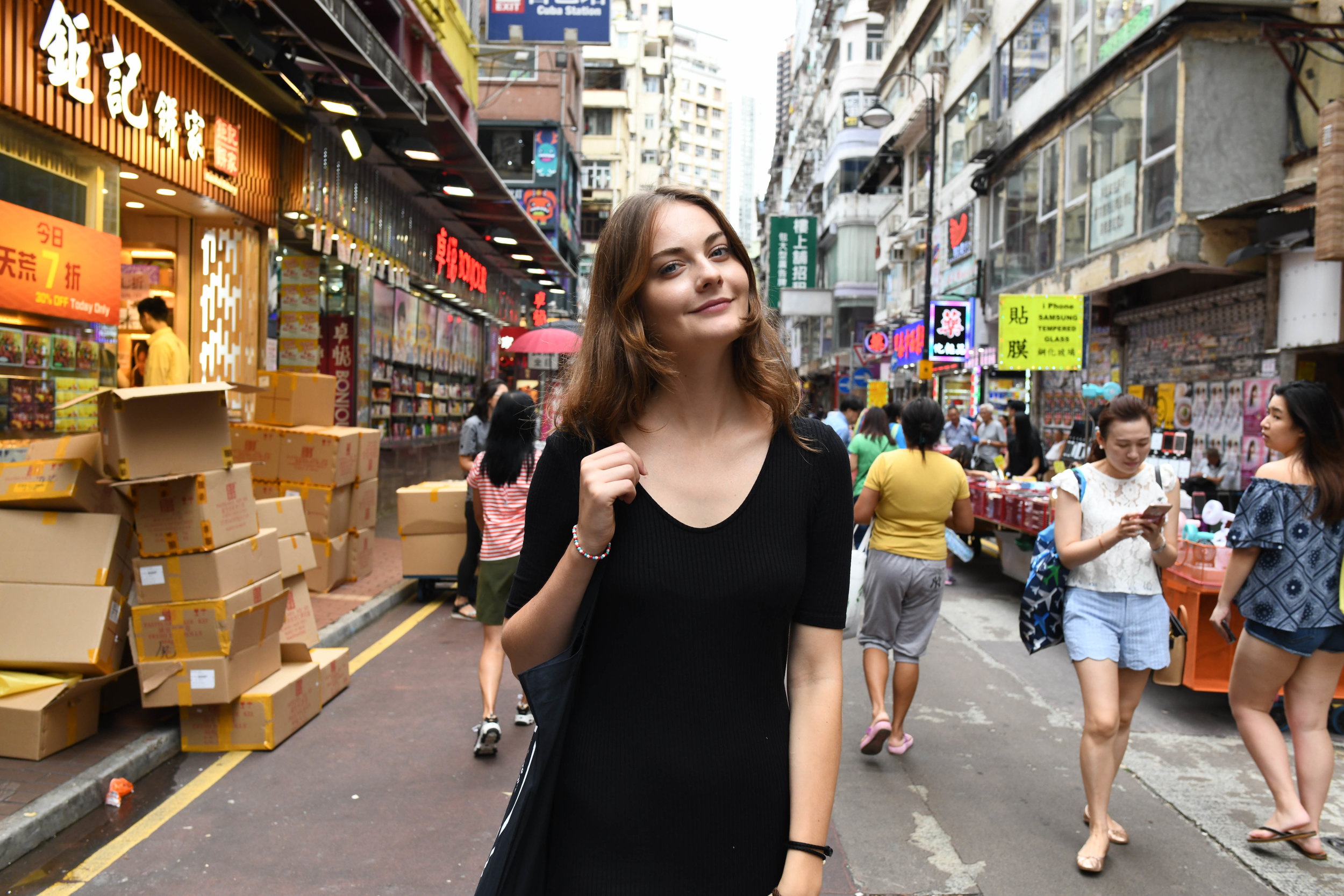

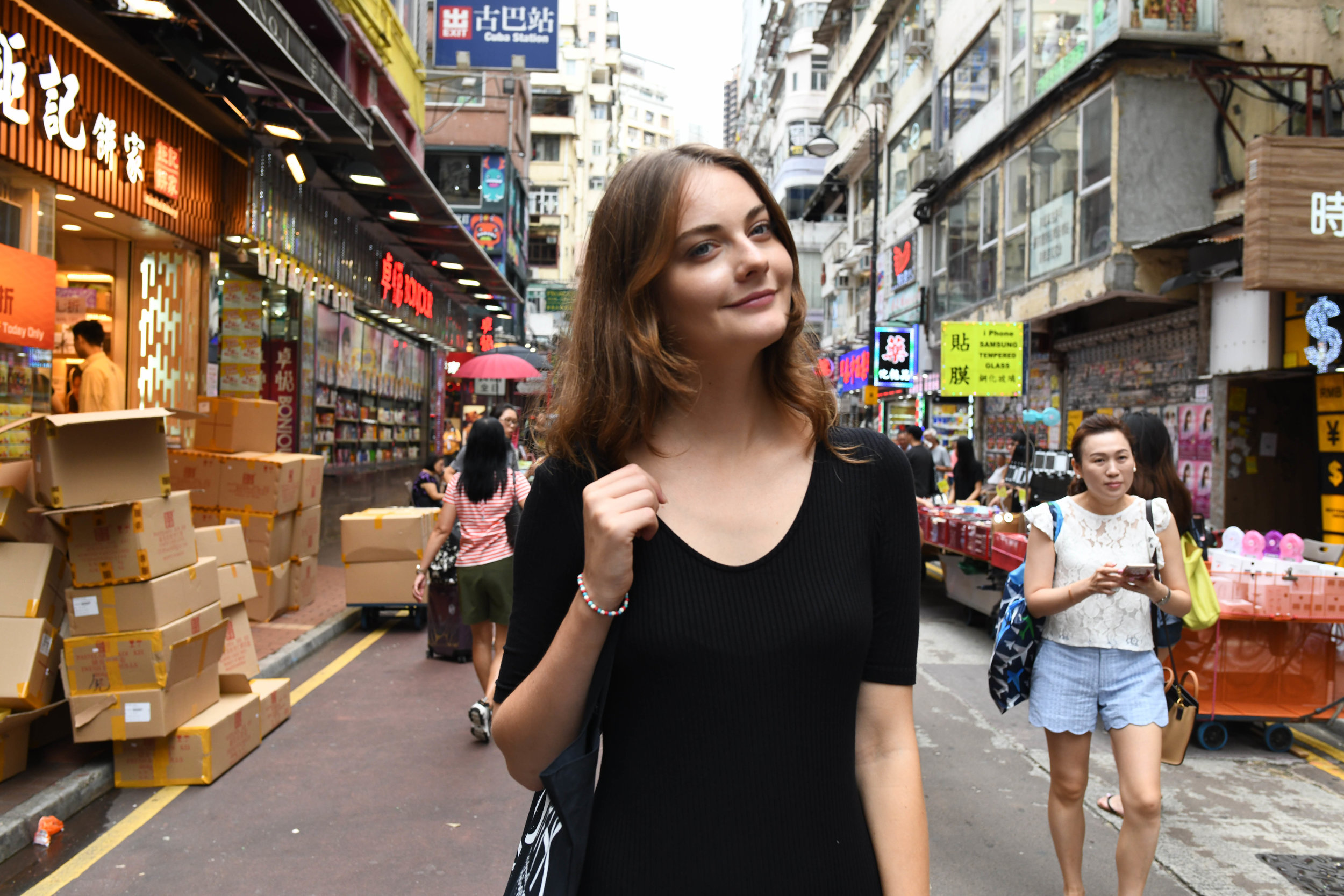
Viewfinder - Continuous Burst 3D Mode Face Detection - Autofocus Accuracy
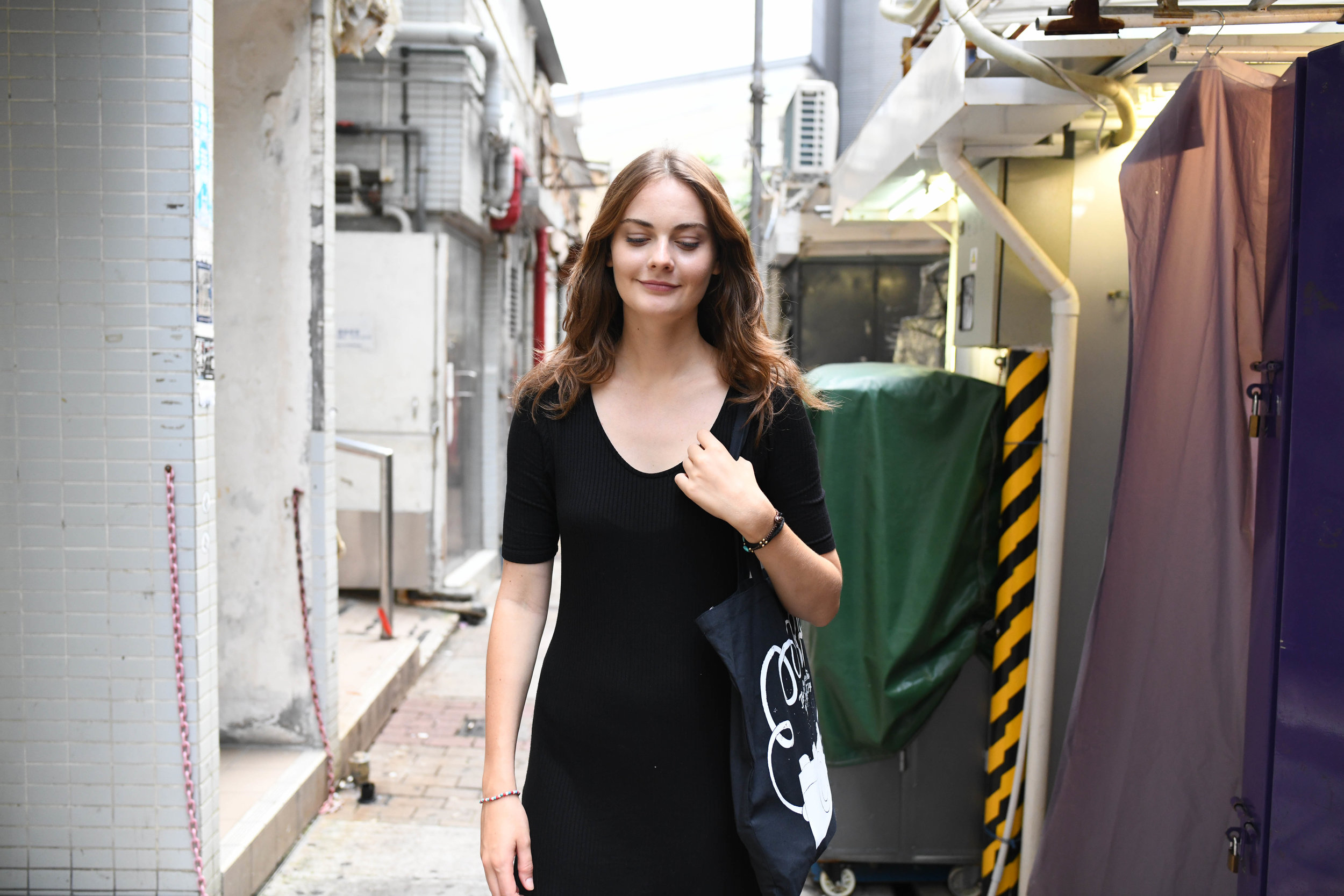
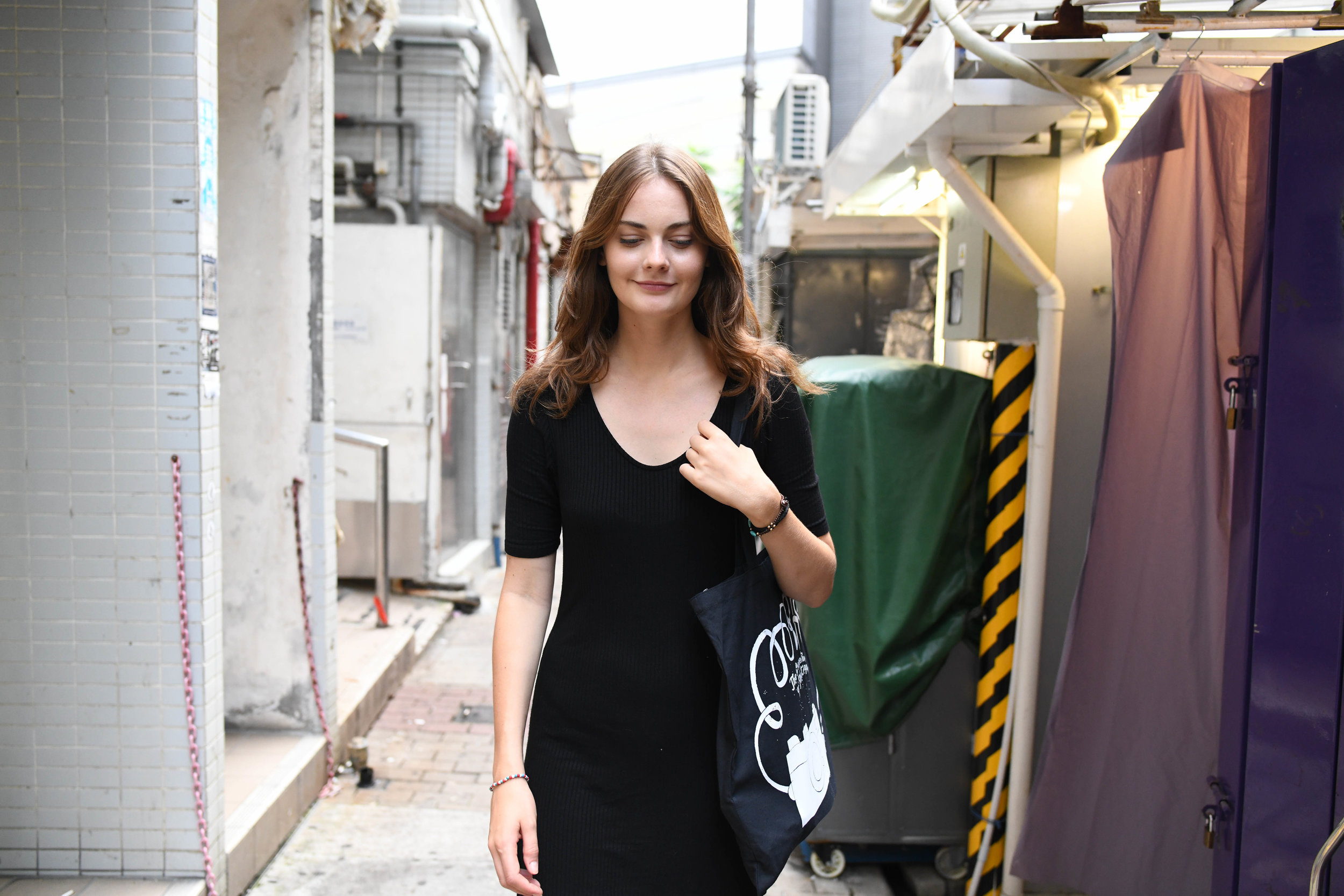
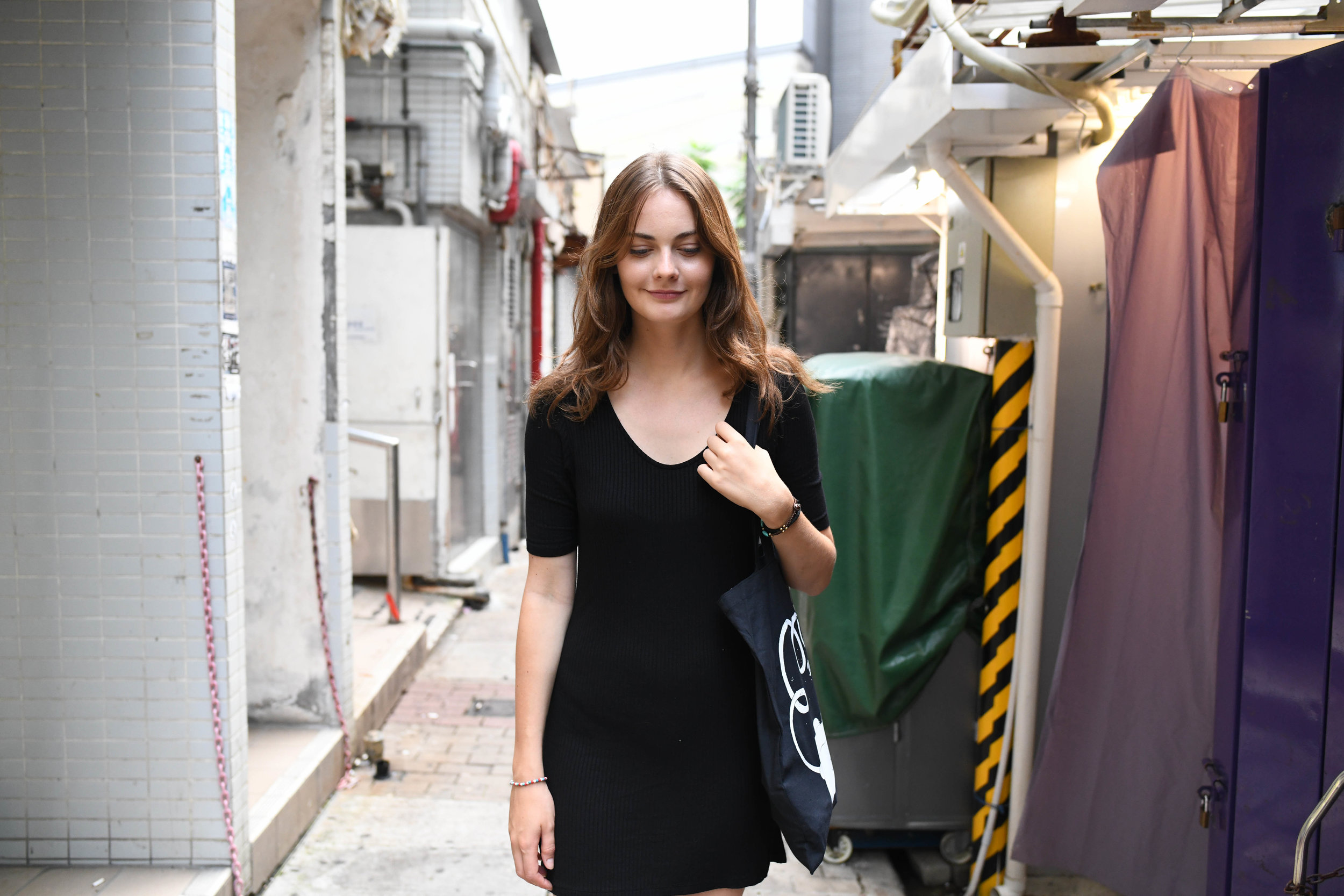
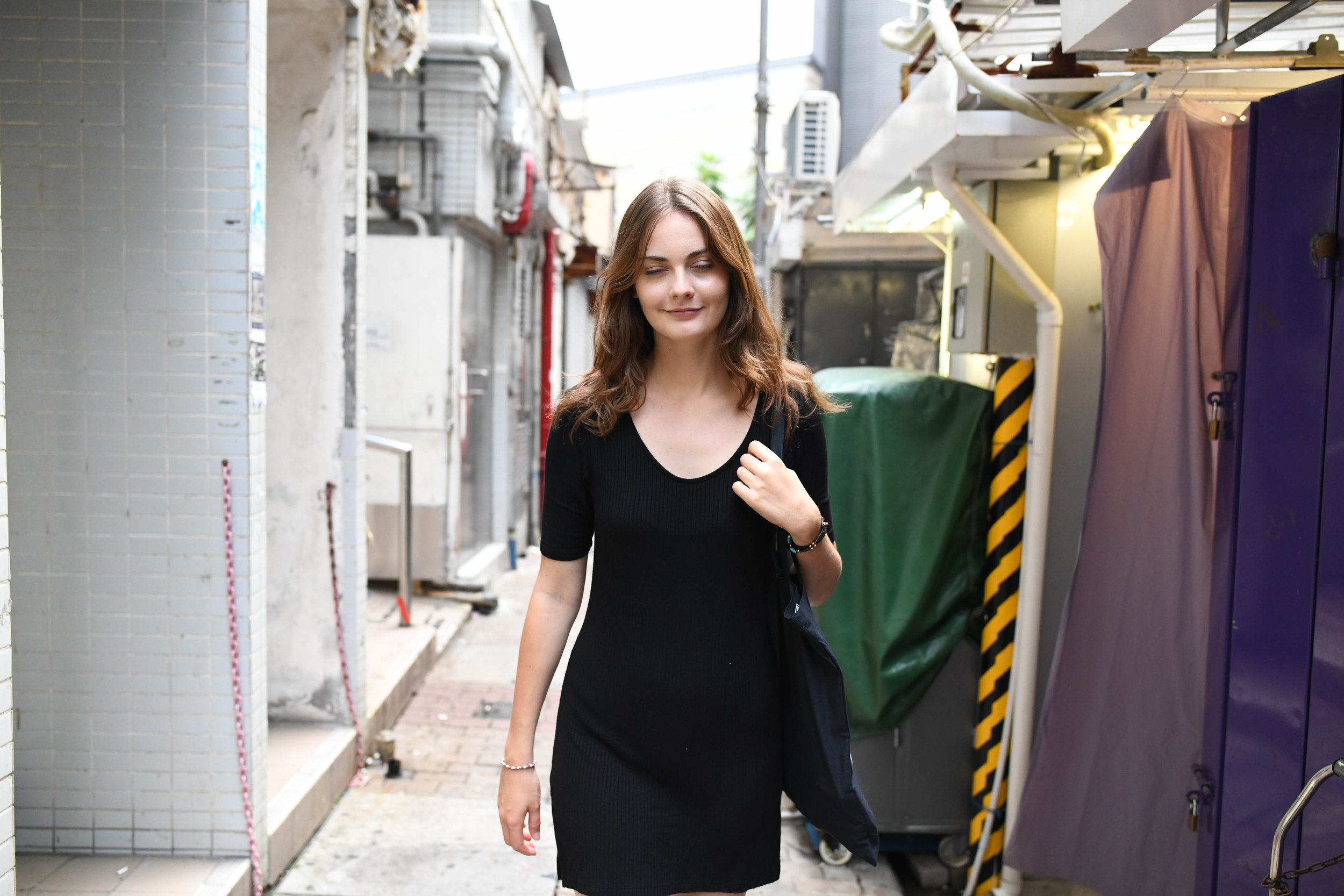
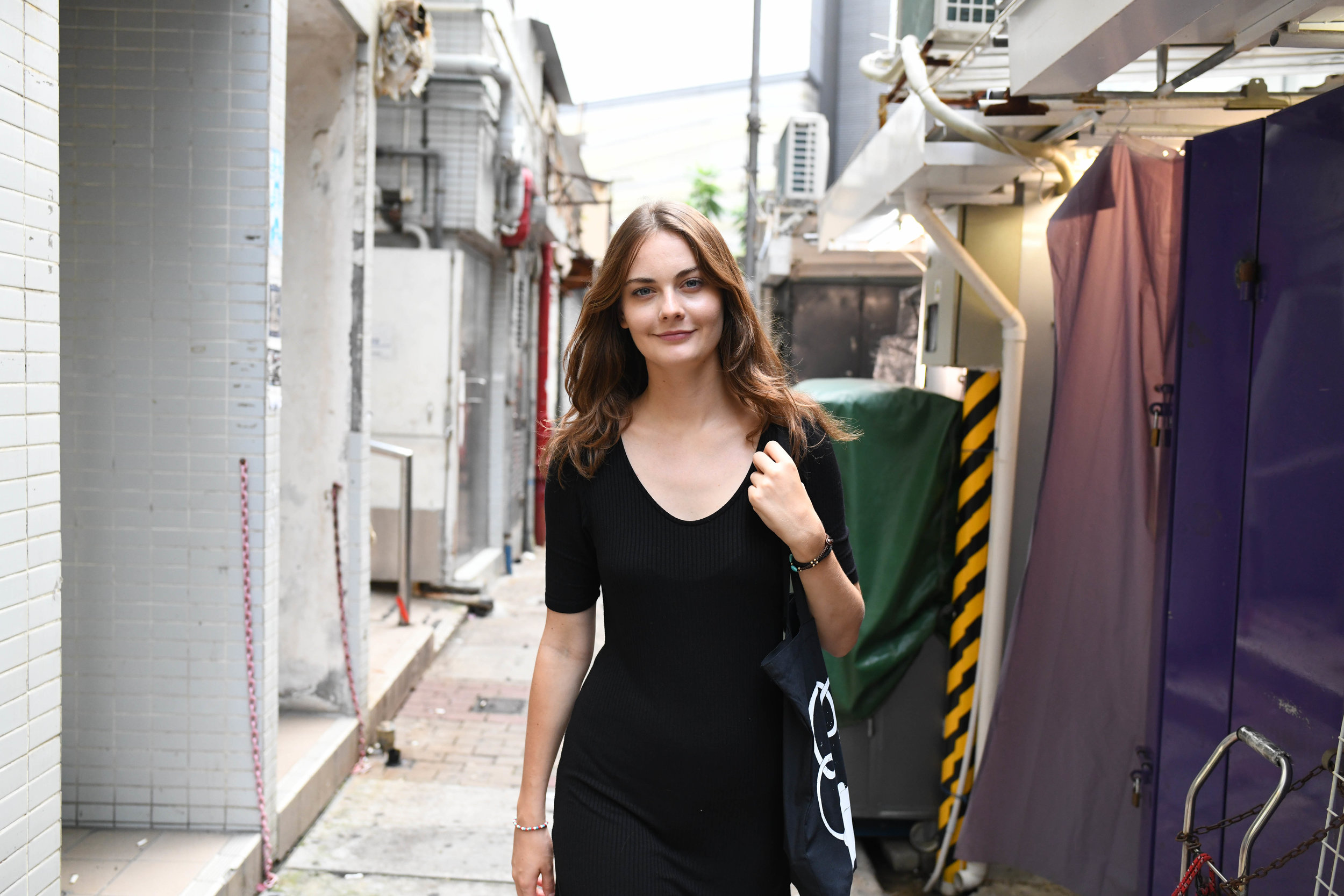
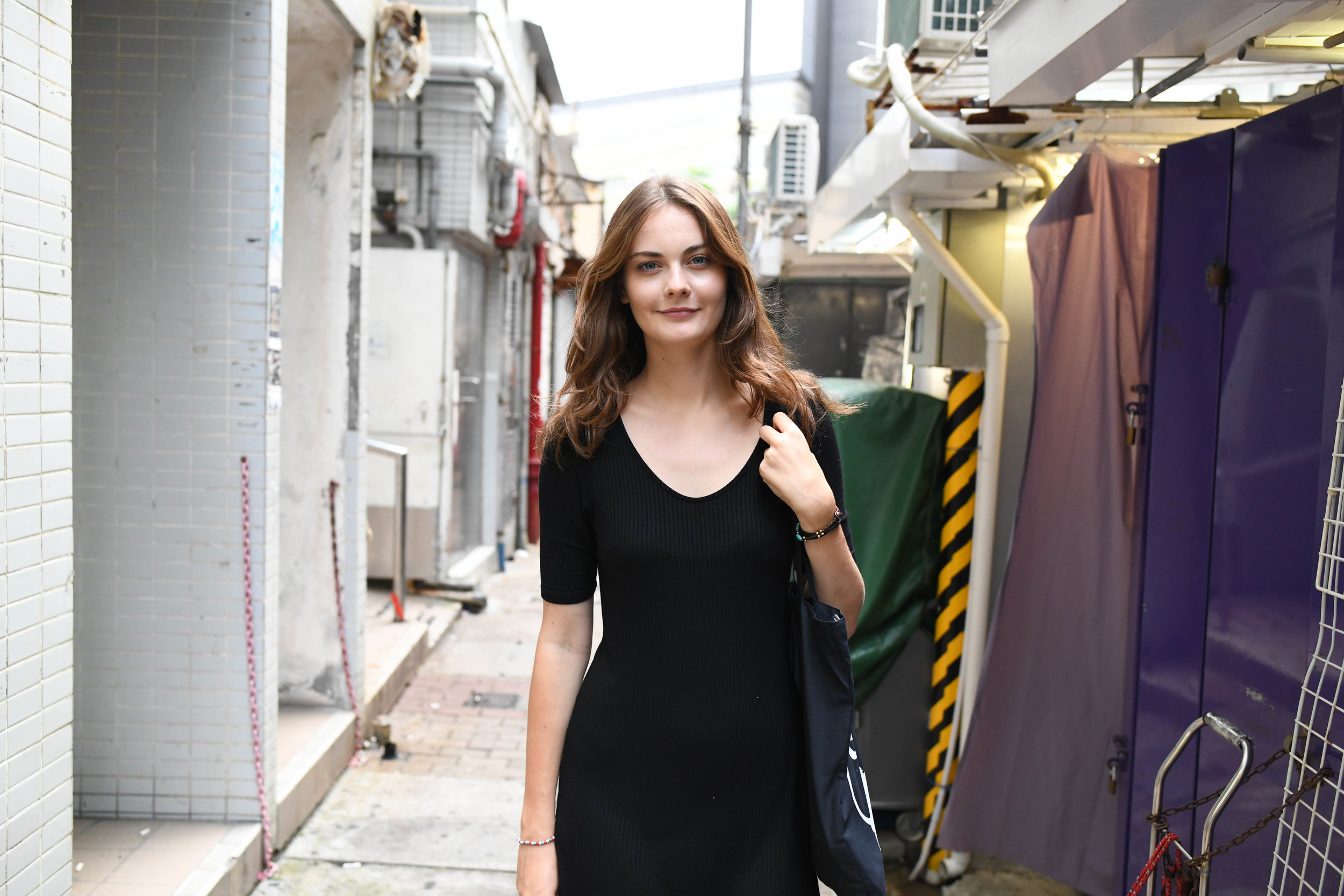

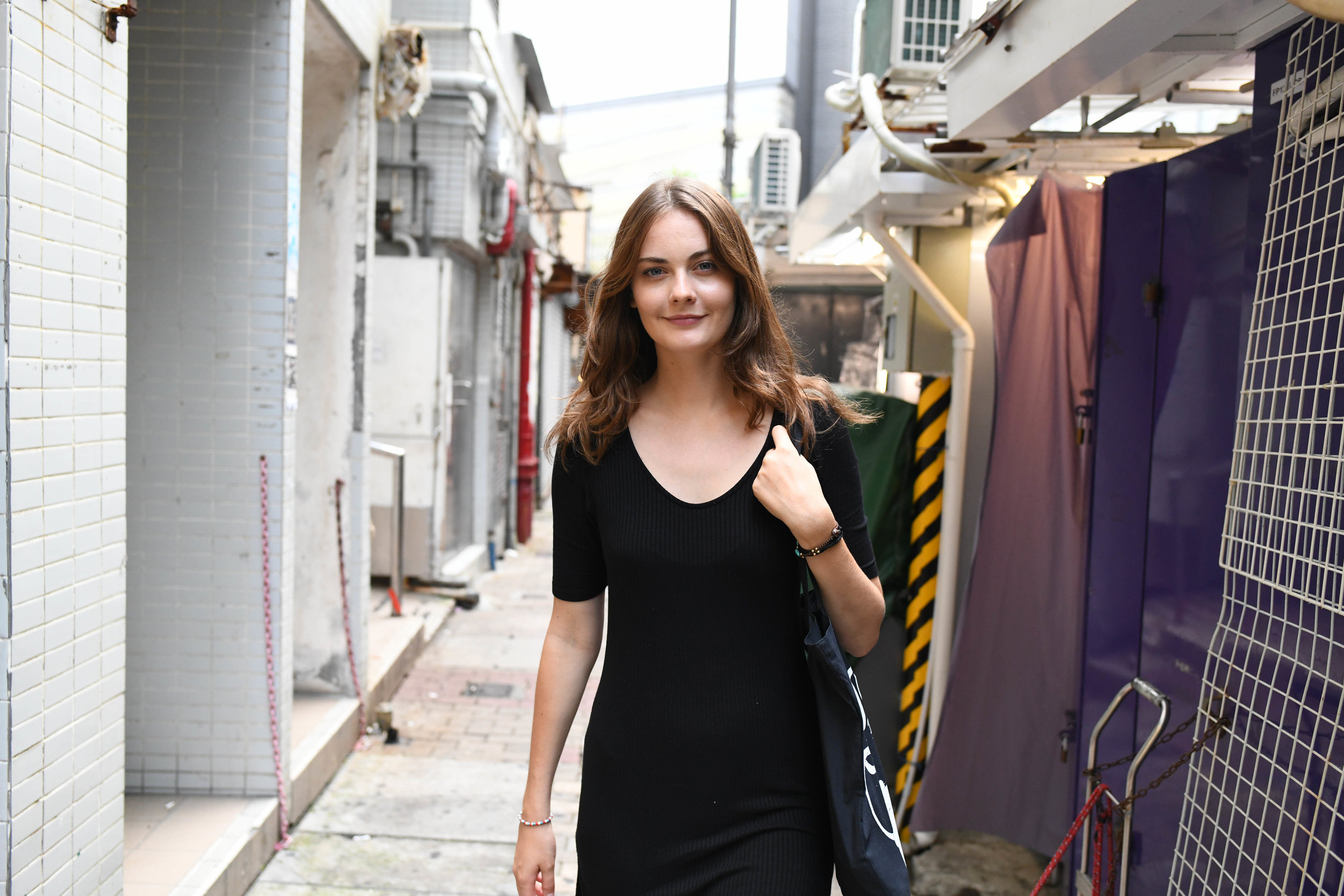
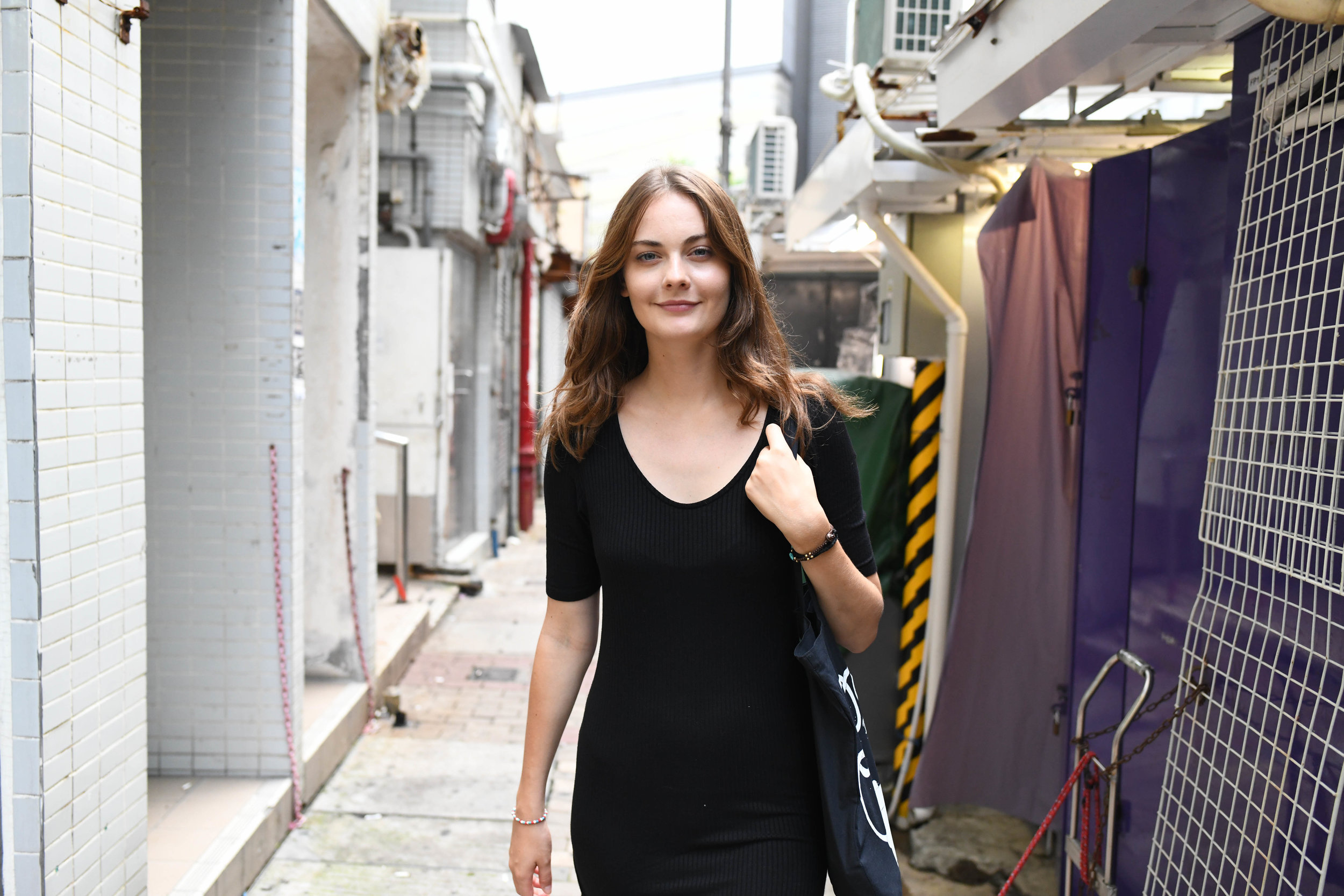
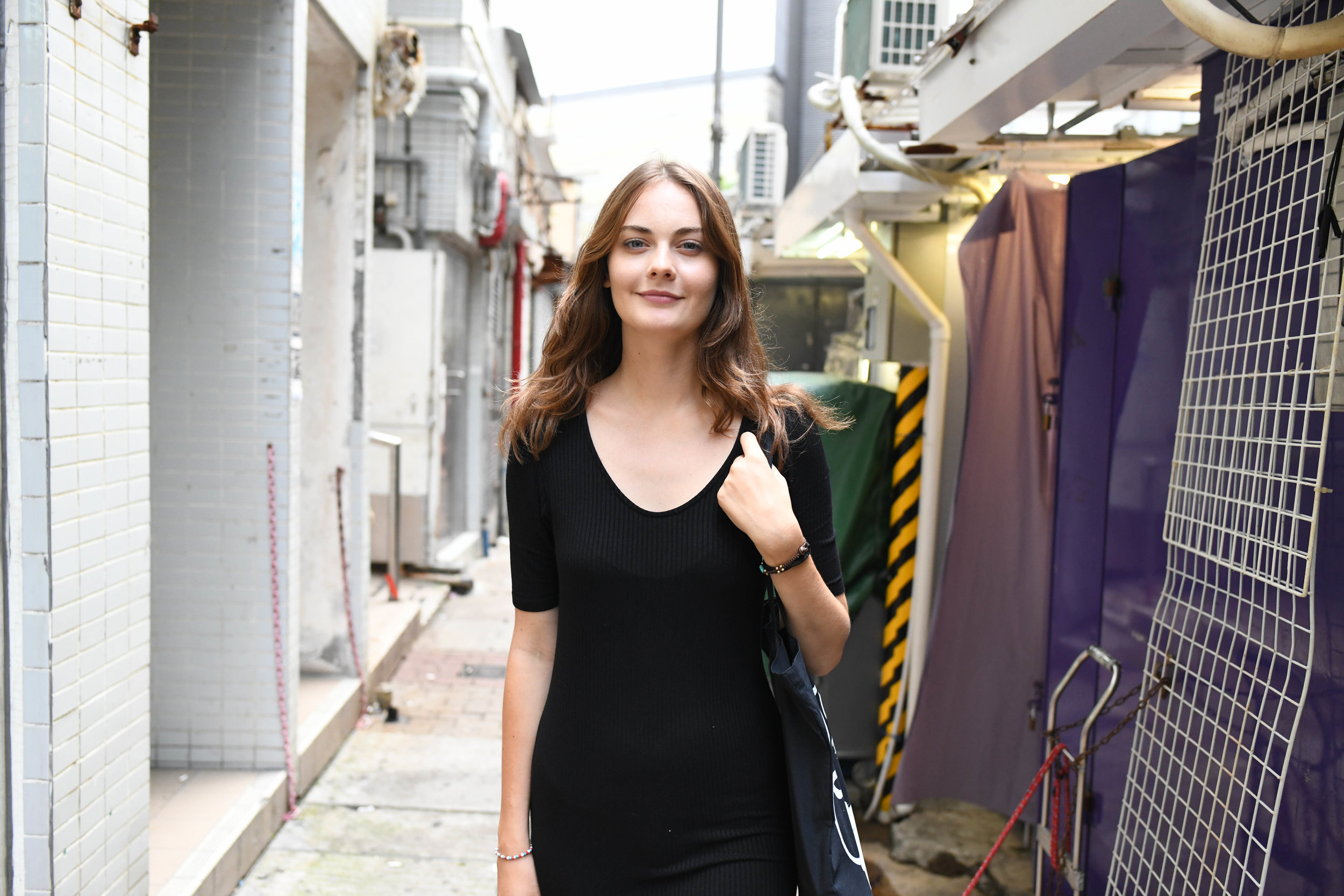
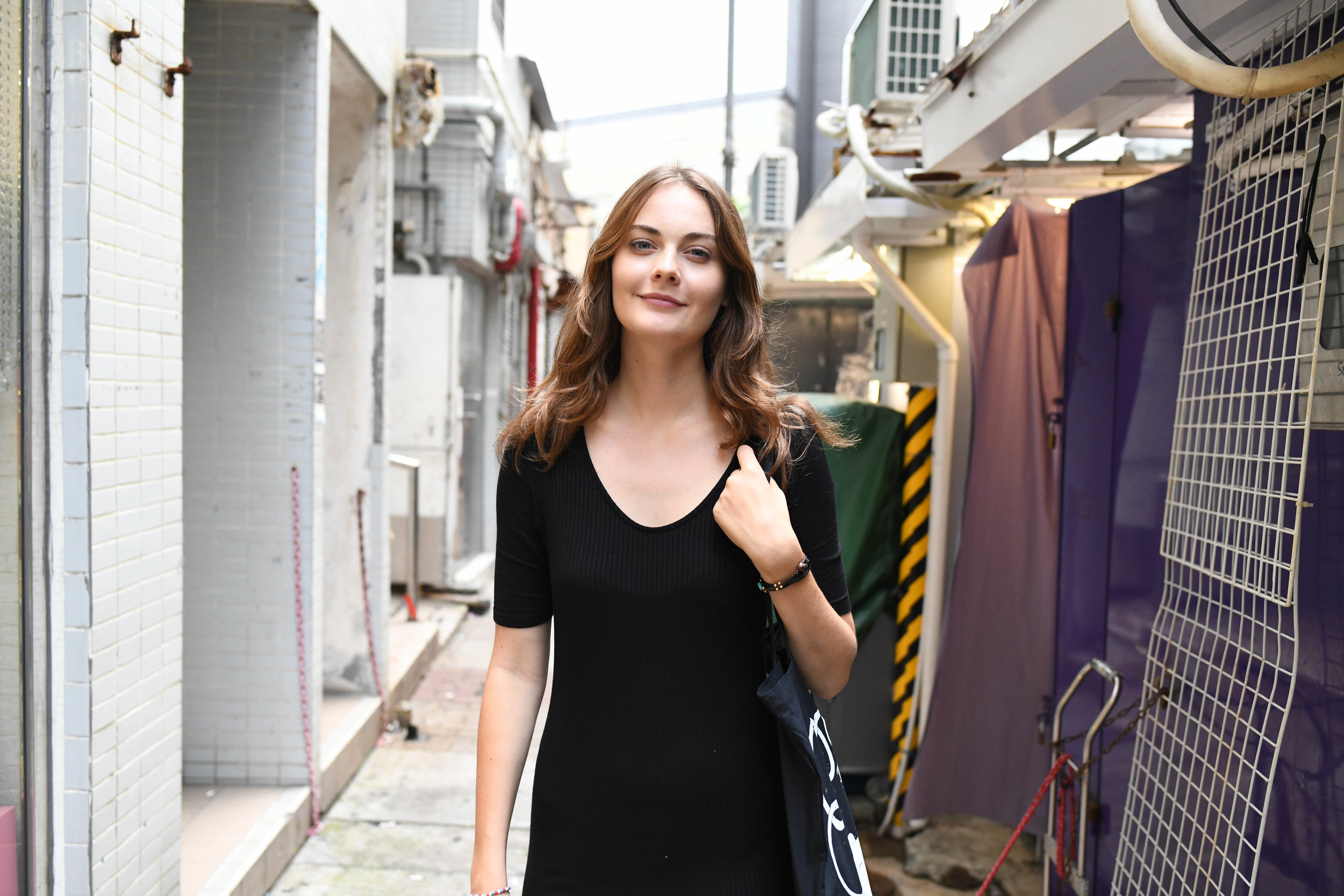
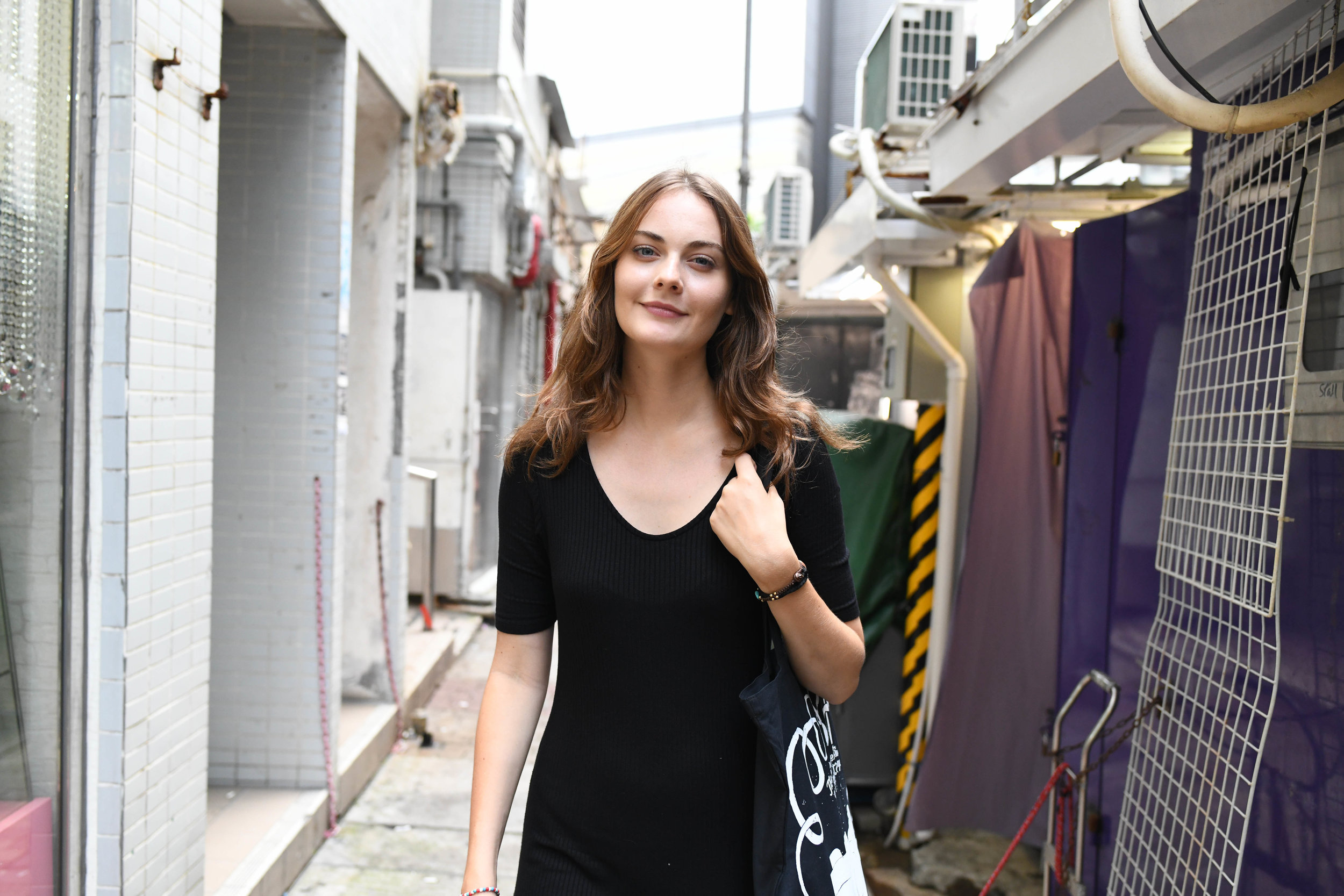
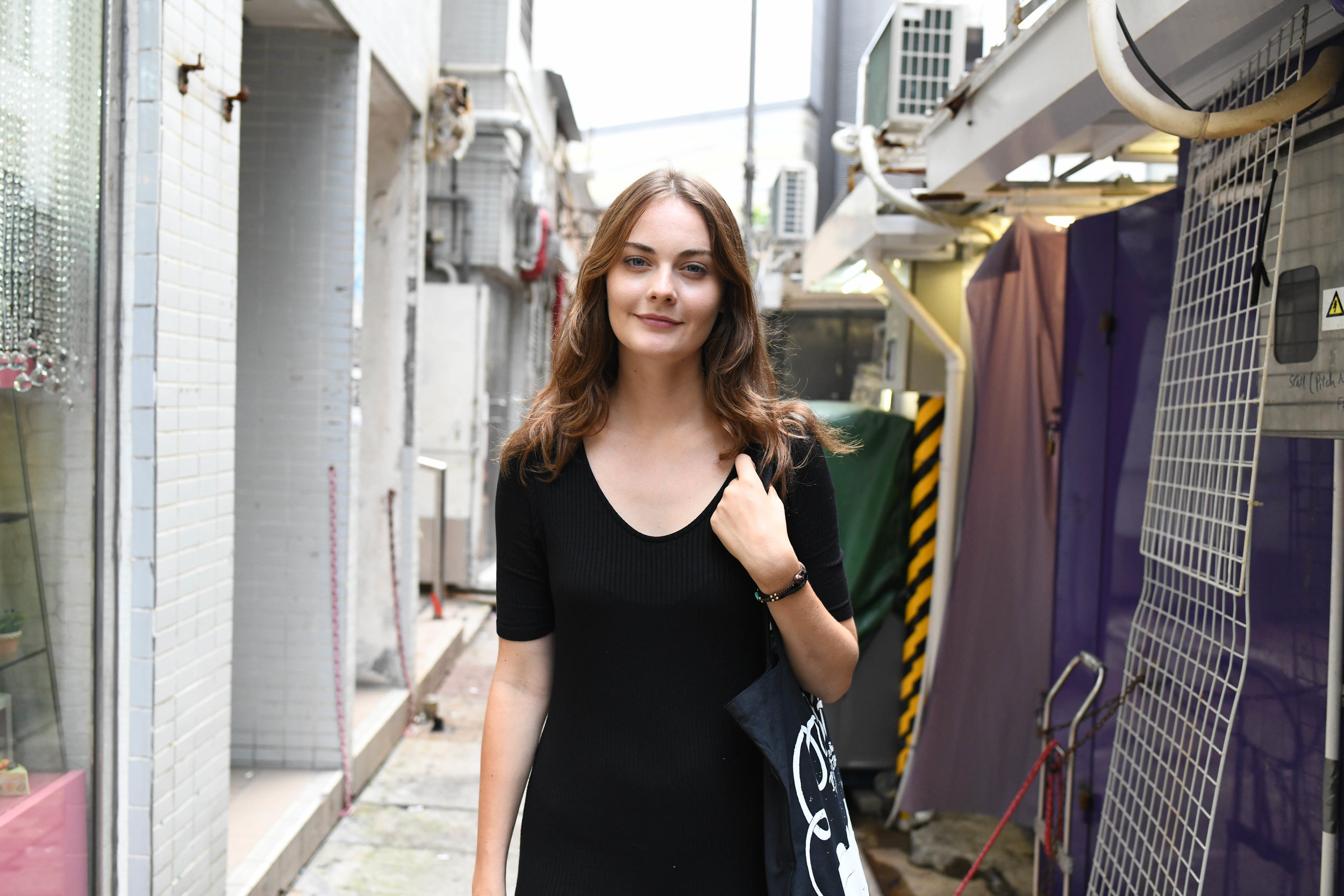
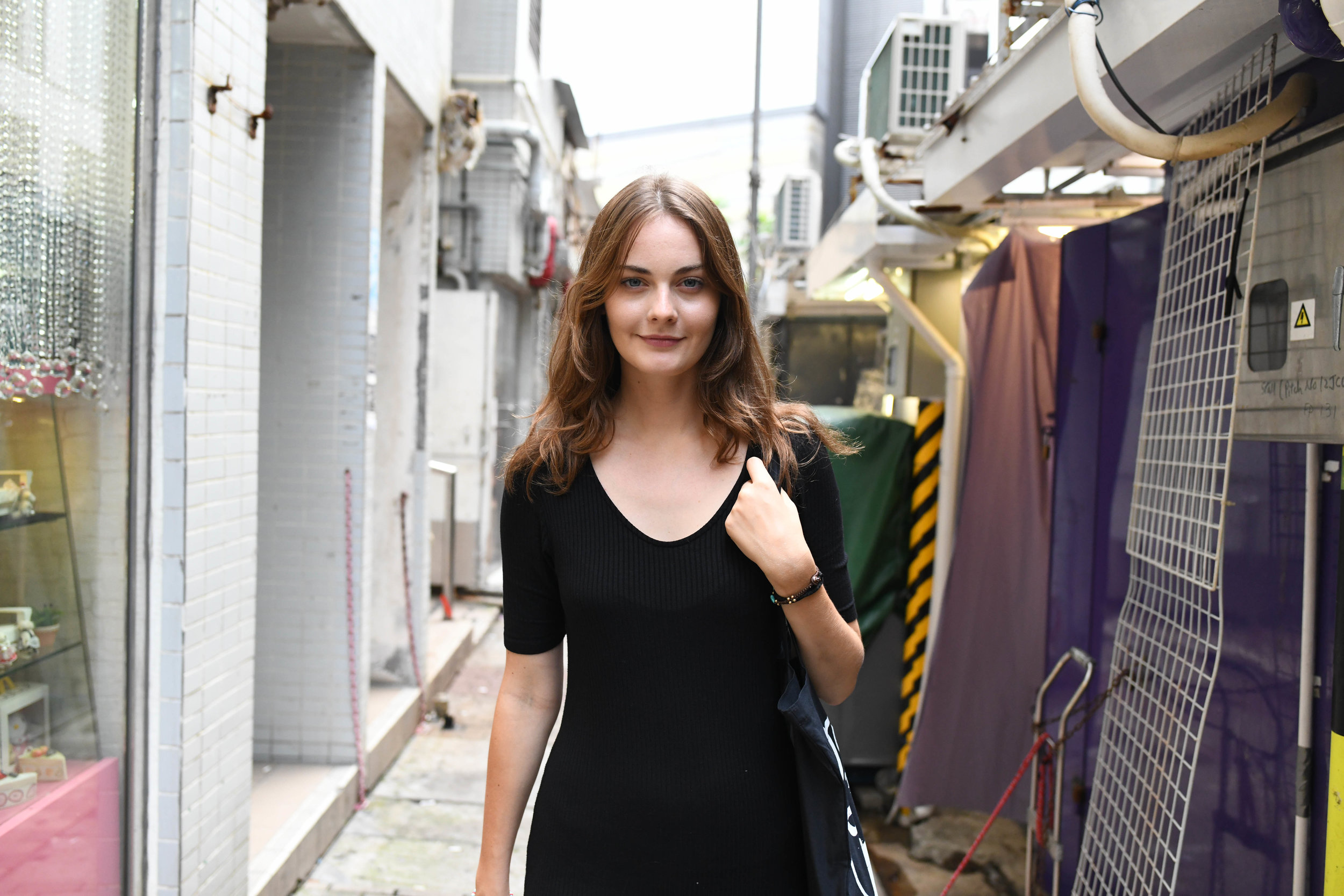
Focus tracking at eye level from multiple burst - ISO 1600, 1/640, f/5.6
Also worth mentioning is the D850's maximum high ISO of 25600 which didn't seem all that impressive - even with the option of expanding further. In contrast, its lowest rated ISO setting is 64. From that, it can be inferred that the D850 wasn't designed to be a low light tool, and is probably geared towards optimal light conditions for the best results. Because of that, I believe the D850 is designed for professional photographers in controlled shooting situations, and can be less forgiving to those with less experience. After all, Nikon did away with the pop-up flash and upped the resolution to 45 megapixels.
In my opinion, the optimal high ISO sweet spot of the D850 is ISO 6400. Noise begins to creep up becoming an issue after that. Still, the gorilla in the room is its modest low light ability. But to be fair, at a maximum rated ISO of 25600, the D850 is good enough to be used in most normal situations. It just means it won't perform well in pitch darkness, which rightly, no normal camera should.
Regardless of its modest rated high ISO, the D850 offers more performance options to the professional, or the very experienced. The D850 doesn't limit the photographer to just 45 megapixels. It can also document medium-sized full frame NEF files at 26 megapixels, and small-sized full frame NEF files at 11 megapixels. From the preliminary sample images, the quality of the medium and small NEF files appear to be more than sufficient for normal use.
NEF Large - ISO 1600, 1/640s, f/4
NEF Medium - ISO 1600, 1/640s, f/4
NEF Small - ISO 1600, 1/640s, f/4
Full Crop - ISO 1600, 1/640s, f/4
Magnification - ISO 1600, 1/640s, f/4
Of course, the question which is really on everyone's mind is the D850's resolution. In a word, it's truly impressive. When paired with the current E lenses, the D850 has enough resolution to fully resolve the details rendered by the sharper lenses. To provide a context, it is as impressive as the Sony A7r MKII adapting the Leica APO 50mm Summicron ASPH, or the Canon 5DSr with the 35mm f/1.4L USM II.
Overall, I am very impressed by the D850. I am as impressed by it as the Canon 5D Mark IV, which I reviewed exactly a year ago today. Admittedly, this is only a first impression, and I would need some more time to properly evaluate the D850. Plus I still need to wait for the camera support update from Adobe before I can sufficiently test its image files. But so far, the D850 is off to a good start. I really like the D850. It is a well rounded camera that feels good in hand and appears to perform dependably.
*** UPDATED*** It may seem that I have invested a significant portion of this review on the D850's live view. It's not as if previous generation Nikons didn't have live view. However, with the addition of the tilting LCD screen similar to the D750 (which I never bothered to get), live view on the D850 is transformed into a completely different experience from its predecessors. In other words, the tilting screen makes the D850 feel like a mirrorless camera. And for once, I am beginning to explore its many electronic features - like its virtual horizon - which I never had a need to use before, and which I have been corrected on an earlier observation on this review.
Special thanks to Martin for correcting me with regards to the virtual horizon. It is actually a somewhat embarrassing oversight on my part. But I'm happy to be corrected. It is primarily the main reason why I blog, as I stated on Facebook during the week. It's to give myself a level of accountability in order for me to evolve and improve in my chosen medium.
Also special thanks to Dmitry, who as you can see in the comment section has alerted my incorrect use of the word articulating. I have since amended the correct terminology to tilting.
All images have not been optimized on Lightroom. Without Lightroom support, do you think I will actually optimize any image in post? They're all out of camera NEF files exported as JPGs. All images have not been cropped, except for the final image, which obviously was cropped to simulate magnification. All images shot with the Nikon 28mm f/1.4E.







